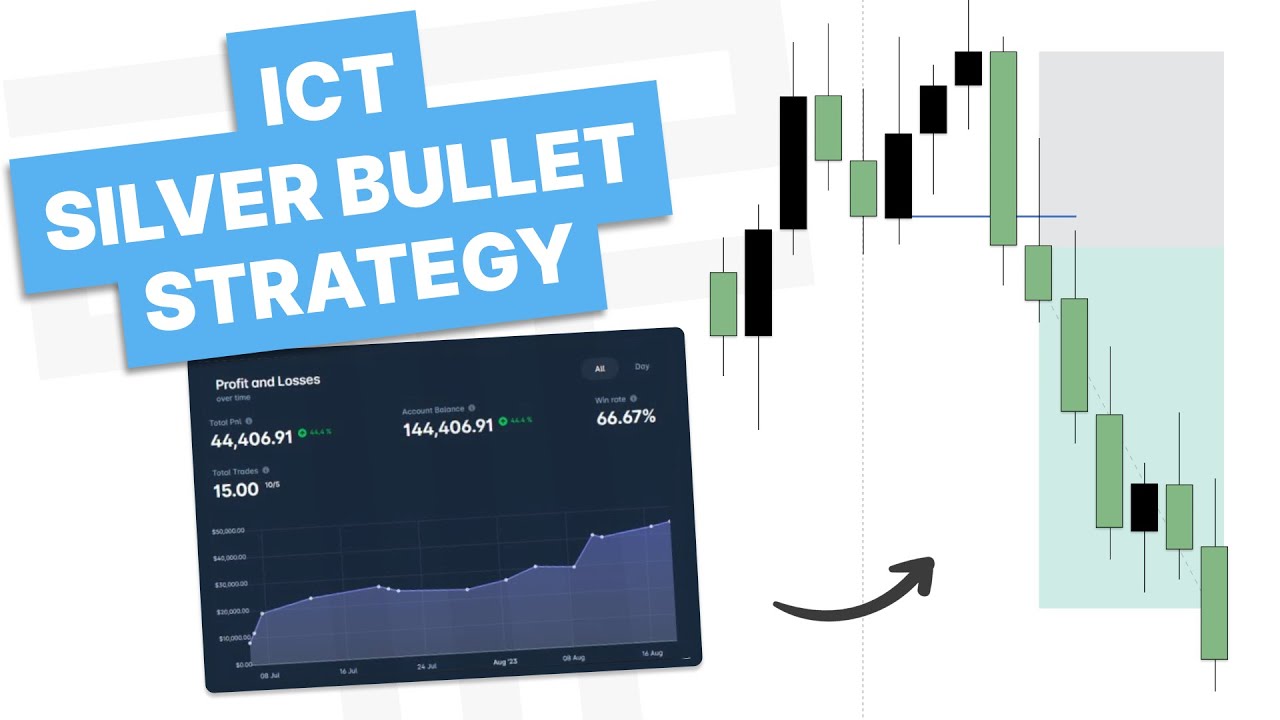تطبيق على إستراتيجية رينج الشمعة السابقة "PCR"
Summary
TLDRIn this trading strategy tutorial, the instructor continues the discussion of the first strategy, the 'BPCR Buffer Candle Range.' Focusing on practical applications from the second week of 2025, the session demonstrates how to apply this strategy using real market examples. Key topics include identifying critical levels, using order blocks, and the importance of patience when executing trades. The instructor emphasizes the need for backtesting and flexibility in trading, offering detailed insights into price action, candle formations, and risk management, especially in forex pairs like EUR/USD and GBP/USD. The tutorial encourages viewers to apply the principles in their own trading practices.
Takeaways
- 😀 Understanding the effectiveness of the first strategy, PCR (Previous Candle Range), with practical applications from the second week of 2025.
- 😀 The importance of backtesting: While examples help, real tests on the strategy should be done to assess its effectiveness.
- 😀 The strategy involves identifying key levels like highs, lows, and specific rejection points, and using order blocks for trade decisions.
- 😀 The method highlights focusing on 'rejecting' areas (like wick regions), rather than always targeting exact price points.
- 😀 Key levels and structures should be tracked on the hourly timeframe, while confirmation should be sought on the 5-minute timeframe for precision.
- 😀 Flexibility is necessary when using strategies: for example, using either the daily open or the 12 AM (New York time) open for better market alignment.
- 😀 Trade opportunities appear when a price hits predefined levels, reacts correctly (e.g., break of structure or wick rejection), and shows a valid confirmation signal.
- 😀 The system encourages using risk-to-reward ratios with an understanding of how to adjust stops based on structure (i.e., above or below breakpoints).
- 😀 Multiple trades across different currency pairs (like EUR/USD, GBP/USD, or USD/CAD) offer opportunities in the same week, but not all trades will hit target points.
- 😀 For trading gold or similar assets, it’s crucial to follow the general trend, as counter-trend trades may fail and lead to losses.
- 😀 The importance of adaptability: If the market conditions or the strategy’s output change, shift focus to the new potential setups, rather than forcing trades on unfavorable setups.
Q & A
What is the main strategy discussed in the video?
-The main strategy discussed is the 'BPCR' (BFE Candlestick Range) strategy, focusing on applying this strategy with practical examples from the second week of January 2025.
Why was the second week of January 2025 chosen for the examples?
-The second week of January 2025 was selected because it was the most recent week, allowing the presenter to demonstrate the effectiveness of the strategy based on real, current market conditions.
How does the presenter suggest confirming the effectiveness of the strategy?
-The presenter recommends performing a backtest on the strategy to evaluate its effectiveness, which can be done using the methods taught in the 'Mentorship' lessons.
What is the primary method for entering trades in this strategy?
-The strategy involves looking for key levels, such as highs and lows, to enter trades, with a particular focus on rejection zones, order blocks, and the structure of candlesticks.
What is the significance of the rejection zone in this strategy?
-The rejection zone is important because it indicates price points where the market has reversed in the past, showing strong potential for future reversals or price action that can be traded.
What is the role of the 'order block' in the strategy?
-An order block is a price zone where significant buying or selling has occurred in the past, often serving as a strong level of support or resistance for future price movements.
How does the presenter suggest dealing with 'wick' formations on the chart?
-The presenter recommends focusing on areas where strong wicks (or tails) have formed, as these represent price rejections and can offer potential entry points for trades.
What timeframes does the presenter recommend focusing on for trading?
-The presenter focuses primarily on the hourly and 5-minute timeframes, as these provide more detailed and actionable insights for identifying trade opportunities.
How does the presenter manage risk and stop loss placement?
-Risk management is handled by placing stop losses beneath key levels, such as under an order block or significant price swing. The presenter suggests ensuring a favorable risk-to-reward ratio, typically aiming for a reward higher than the risk.
How should one handle trades if the market goes against the initial entry?
-If the market moves against the trade, the presenter suggests cutting the position early, not forcing trades, and adjusting the strategy based on the overall market direction, sometimes switching to a new setup.
Outlines

Cette section est réservée aux utilisateurs payants. Améliorez votre compte pour accéder à cette section.
Améliorer maintenantMindmap

Cette section est réservée aux utilisateurs payants. Améliorez votre compte pour accéder à cette section.
Améliorer maintenantKeywords

Cette section est réservée aux utilisateurs payants. Améliorez votre compte pour accéder à cette section.
Améliorer maintenantHighlights

Cette section est réservée aux utilisateurs payants. Améliorez votre compte pour accéder à cette section.
Améliorer maintenantTranscripts

Cette section est réservée aux utilisateurs payants. Améliorez votre compte pour accéder à cette section.
Améliorer maintenantVoir Plus de Vidéos Connexes

This 1 Minute Scalping Strategy Works Everyday (Stupid Simple and Proven)

1 minute binary option very powerful Candlestick pattern based sure shot trading win all trades

The Only Strategy I'm using in 2025 (Live Trade Results)

My Simple One Candle Scalping Strategy (Backtested Results)

ICT Silver Bullet Strategy - No Daily Bias | With Backtest!

The BEST 5 Minute Scalping Strategy Ever (Simple and Proven)
5.0 / 5 (0 votes)
